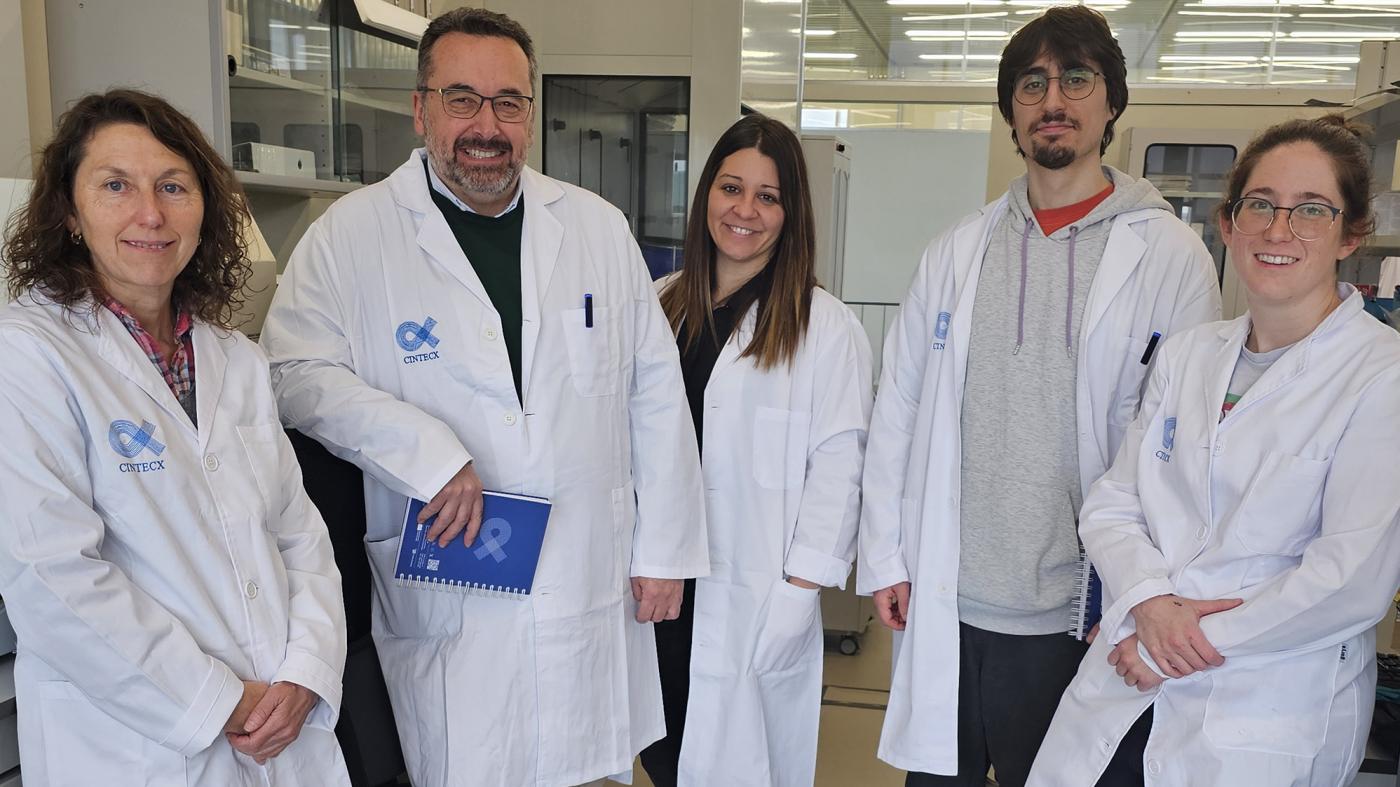DUVI 06/30/2025
Researchers from the Encomat and e-Materials groups at the University of Vigo have been working together for several months to find a way to extend the service life of concrete structures reinforced with shape memory alloys. Their proposal involves the application of self-healing smart coatings, whose feasibility is being studied within the framework of the SmartCoDur project, selected under the Spanish State Plan for Scientific, Technical, and Innovation Research (2021–2023).
The project began in September and has a budget of €172,500 to be developed through August 2027. The two principal investigators are Carmen Pérez Pérez and Antonio Collazo Fernández, from the Encomat group and CINTECX. Also involved in the project are Raúl Figueroa Martínez, Beatriz Guitián Saco, and David Álvarez González from the e-Materials group, along with collaborators from the University of Aveiro and the Galician Association for Corrosion and Protection.
How do shape memory alloys work?
Carmen Pérez explains that the overall goal of the project is to increase the durability of concrete structures reinforced with shape memory alloys. These alloys, known as Fe-SMA, are a group of innovative materials with promising applications in civil engineering, especially for strengthening critical structures. Their mechanism is based on inducing a phase transformation in the steel that causes it to contract. When this contraction is restrained—such as when the steel is embedded in hardened concrete—the concrete prevents the material from deforming, generating compressive stresses that enhance the structural performance.
Protecting shape memory alloys from corrosion
While shape memory alloys offer many advantages, they have moderate corrosion resistance and are particularly sensitive to chlorides, such as those found in de-icing salts. This is where the SmartCoDur project comes in, aiming to find methods to protect these alloys from corrosion, which can cause significant structural damage and even compromise structural integrity. The UVigo research team’s proposal to increase durability—and thus the service life of the structure—is the use of coatings, one of the most promising strategies.
Specifically, the project focuses on developing new environmentally friendly smart coatings capable of autonomously self-healing when damaged. “This would ensure a longer service life for the structure, leading to significant economic savings and reduced maintenance operations,” the researchers explain.
Specific objectives
The project includes three specific objectives. First, the team is already working on the synthesis and characterization of the self-healing coatings, which includes designing microcontainers to encapsulate active agents and formulating the smart coating. The synthesized products will be validated using various characterization techniques.
Next, the team will evaluate the self-healing capacity of the synthesized coatings applied to strips of shape memory alloys. This phase focuses on optimizing the parameters related to coating application. The self-healing ability will be tested in the lab using small Fe-SMA strips subjected to different stress conditions.
The third objective is to evaluate the durability of concrete structures reinforced with Fe-SMA and coated with smart films. The team will fabricate reinforced concrete structures in the lab and, in a second phase, plans to use a pilot-scale setup. The results obtained will be used to develop a predictive model aimed at correlating short-term data with the expected service life of the structure.

